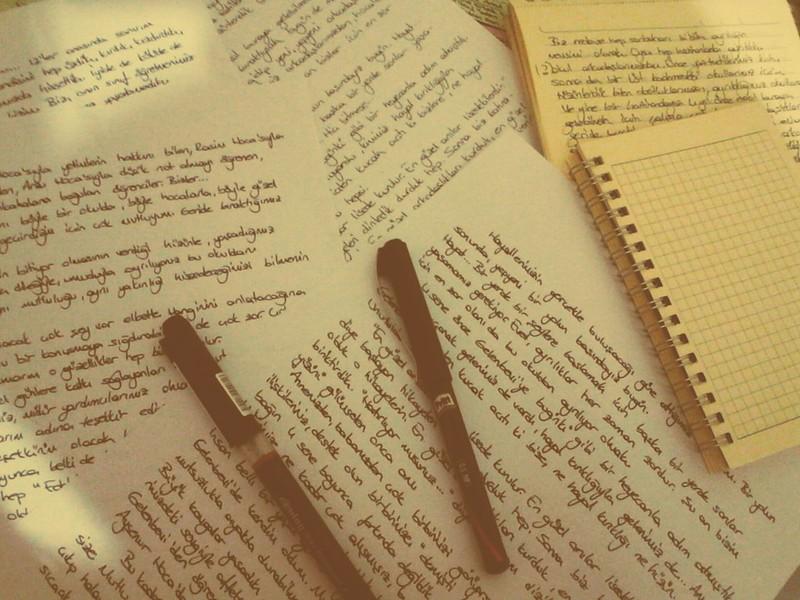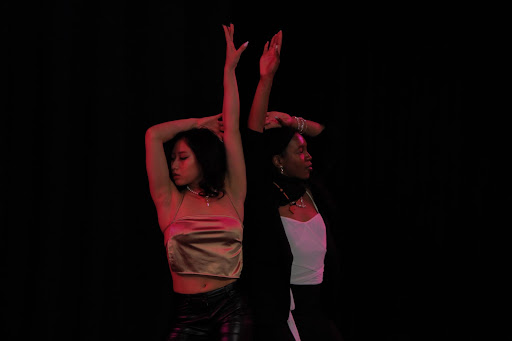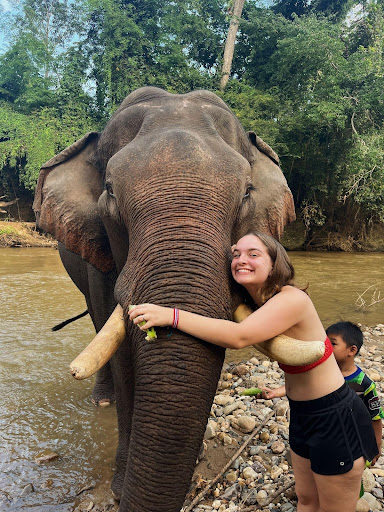On Sept. 28, the Loyola Writing Department’s Writers at Work series hosted a lecture from Dr. Julia Elliott, a professor at the University of South Carolina and acclaimed writer whose works have appeared in various publications and anthologies such as The New York Times, Tin House, Electric Literature, and The Georgia Review.
Elliott published her debut short story collection, “The Wilds,” in 2014, followed up by her debut novel, “The New and Improved Romie Futch,” in 2015. These works have garnered much acclaim for Elliott. “The Wilds” was chosen by Buzzfeed and many other literary sites as one of the Best Books of 2014, as well as being one of the New York Times Book Review Editors’ Choice works.
Elliott is mostly distinguished by her elaborate and flowery language and ability to mesh different literary genres together, as Lincoln Michel of the New York Times describes in his review of “The New and Improved Romie Futch.”
“On the sentence level, Elliott’s prose showcases an exuberant mash-up of modern diction. Romie and fellows mix the language of hip-hop, tech jargon, postmodern theory and “Star Wars” in a way that is refreshingly original yet also true to life,” Michel said.
Host of the event and one of the co-creators of the Writers at Work series, professor Lucas Southworth, welcomed Dr. Elliott. She began by talking about her aforementioned works, which directly led her to discuss what she calls “Genre bending.”
The idea is generally self-explanatory: taking at least two major, almost conflicting genres in literature and bending them in ways so they can work in seamless tandem. Often, these processes are meticulous. Dr. Elliot described it as an “intellectual process” that takes effort and time to figure out how to work it into one smooth story.
“Slipstream” and “The New Weird” were also terms discussed by Dr. Elliott, both being genres that are based in reality, but depart from the traditional by using a variety of sci-fi and fantasy elements. This ultimately creates a deliberately strange reality that could reflect the nuances of our own world view.
But, back onto genre-bending, Elliot explained that although many genres can be vastly different, there can be an endless amount of combinations. She cited the novel “Shirley Temple Three” by Thomas Pierce, for example, where a baby mammoth is taken care of by an old, countryside mother. This novel combines the exotic visions of Sci-Fi with the antique, grim, and countryside Southern Gothic.
In the Q&A following up after the talk, Dr. Elliott offered advice to aspiring writers, saying:
“When you’re starting out, it’s probably the best if you mimic your favorite writer for a time, figure out what you like from their style. Don’t stick to one author, because you could have a new favorite author next month, and do the same with them.”
Overall, the talk was incredibly informative and eye-opening, discussing what is probably a largely overlooked aspect of writing. Elliot explained just how important melding genres together can be in shaping the creative process, and even making the writing a little clearer.
Featured Image courtesy of aysedemirhas via Flickr Creative Commons



















































































































